Non-Slip Performance & Toe Separation
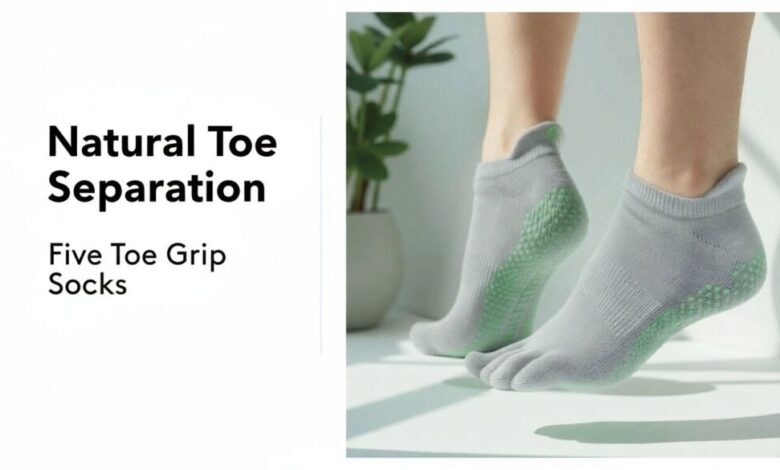
Listen to a summary of this article:
Key Takeaway
Five-toe yoga grip socks revolutionize your practice by providing maximum non-slip performance and individual toe separator technology, enhancing balance, circulation, and proprioceptive feedback across yoga, Pilates, and barre workouts.
Somewhere between ancient barefoot yogis and modern athletic recovery tools lies an oddly compelling intersection: yoga grip socks that make your feet look like they’re ready to high-five the ground.
While they might seem quirky at first glance, these glove-like foot coverings represent something far more intriguing in body mechanics and recovery science.
Introduction to Yoga Grip Socks
Five toe socks are gaining popularity among yogis seeking functional activewear that supports natural foot movement. Unlike traditional socks that bind toes together, these specialized grip socks for yoga offer individual toe compartments and advanced traction technology.
The challenge lies in finding non-slip yoga socks that are not only comfortable and supportive but also made from quality materials that enhance rather than hinder your practice.
Why Choose Five-Toe Yoga Socks?
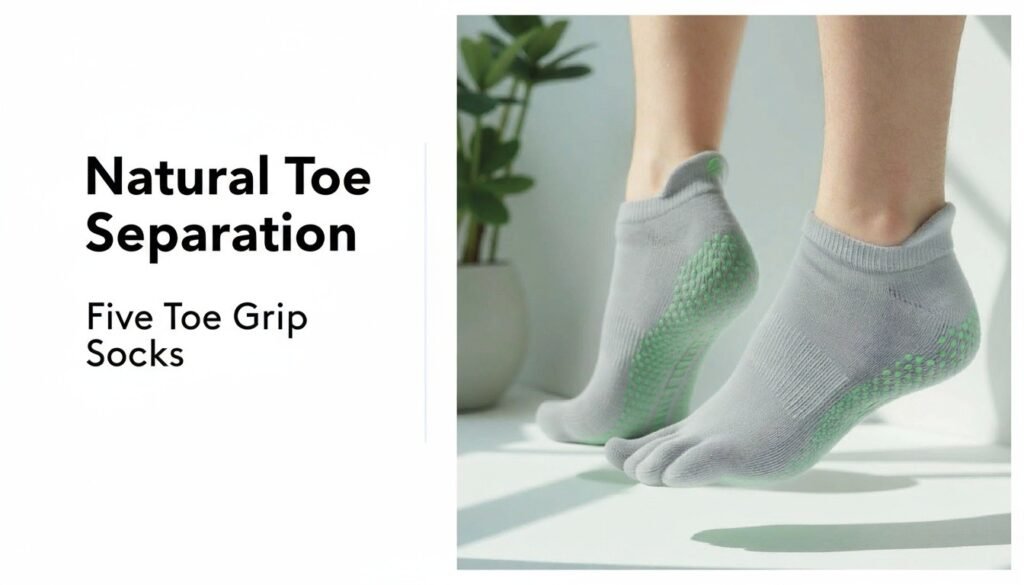

Most of us treat our feet like stumps at the end of our legs—useful for getting around, but not much else. This couldn’t be further from the truth.
Each foot contains 26 bones, 33 joints, and over 100 muscles, tendons, and ligaments—roughly a quarter of all the bones in your entire body, packed into those two platforms you stand on.
When you slip on a pair of toe separator socks, you’re essentially giving each toe its own apartment instead of cramming them all into a studio.
Benefits of Toe Separation in Yoga Socks
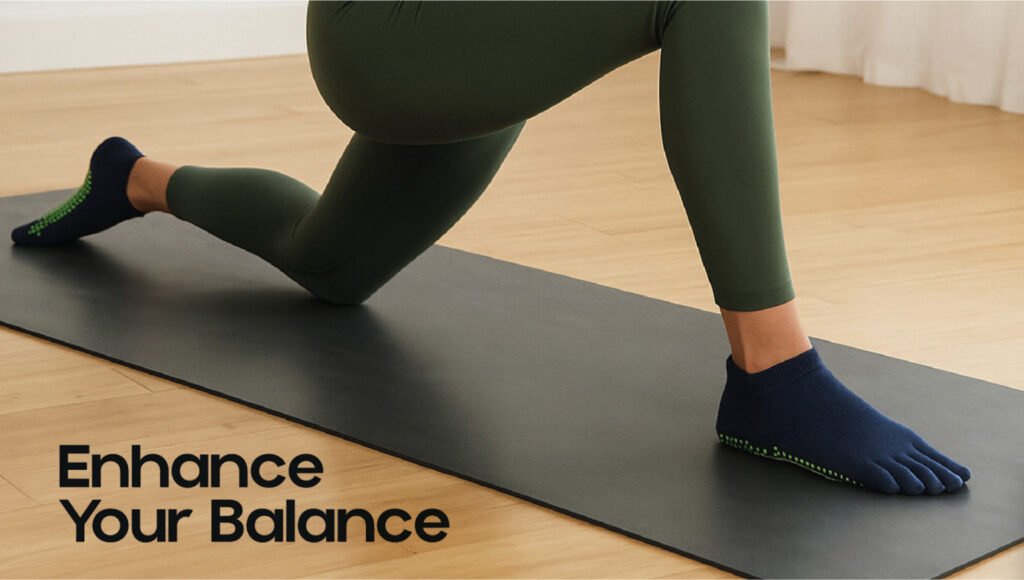

No one wants to worry about their feet feeling cramped during a workout. High-quality barre grip socks are designed to promote natural toe splay, allowing you to focus on your yoga poses without any distractions.
This separation isn’t just about comfort—it’s about reawakening the intrinsic muscles of the foot that have been dormant since we started shoving our feet into conventional shoes as toddlers.
Performance Across Multiple Disciplines
These aren’t just yoga socks with toes—they’re versatile performance gear for yoga, Pilates, barre, and beyond. Different styles feature specialized grip dots, compression zones, and moisture-wicking materials to suit various workout intensities.
The Science of Grip Technology
Proprioceptive feedback transforms when your toes can move independently. Suddenly, you discover ten additional sensors contributing to balance and body awareness.
During challenging poses like Tree Pose or Warrior III, therapeutic toe socks provide a game-changing advantage by allowing each toe to grip, stabilize, and communicate with the ground.
What Happens When Your Toes Can Actually Move
The proprioceptive feedback alone is worth the price of admission.
Suddenly, you can feel each toe as an individual entity, capable of its own movement and contribution to balance. It’s like discovering you have ten extra fingers you forgot about.
During standing poses in yoga, the difference is palpable. With toes free to spread and grip, poses like Tree Pose or Warrior III suddenly feel more stable.
It’s not magic—it’s simply allowing your foot to function as nature intended, with each toe playing its role in creating a stable foundation.
Recovery Benefits of Toe Separator Socks
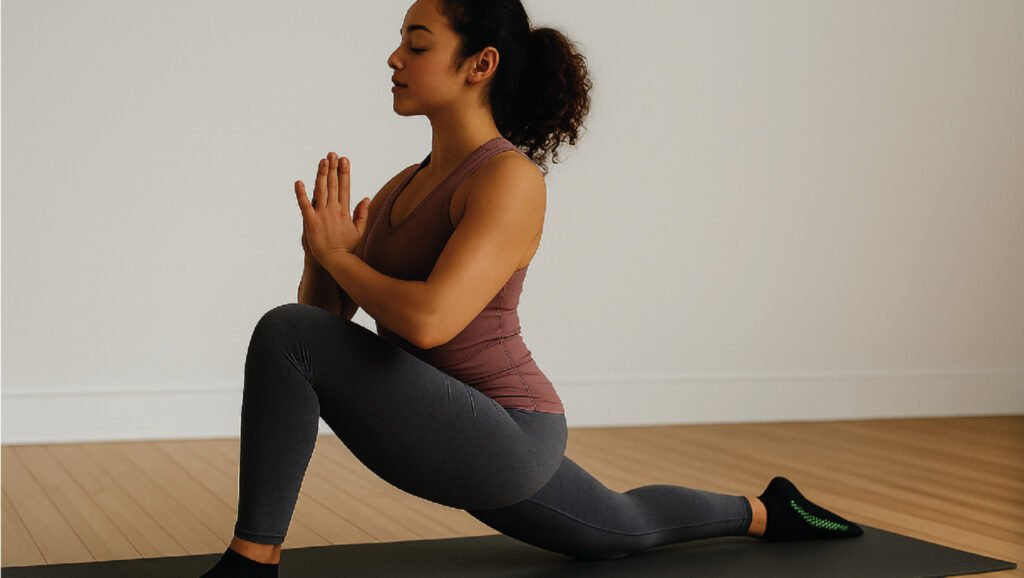

While these socks shine during yoga practice, their benefits extend well into recovery territory.
After a particularly brutal leg day or a long run, wearing the best yoga socks during gentle stretching or restorative poses creates a subtle but noticeable difference in how your feet and lower legs feel the next day.
The mechanism here isn’t rocket science, but it is elegant. By allowing the toes to spread naturally, these socks promote better blood flow through the tiny capillaries in the feet.
Think of it as the difference between water flowing through a kinked garden hose versus one that’s laid out straight. Shop premium yoga grip socks
How Toe Socks Actually Improve Flexibility
Here’s where things get interesting from a biomechanical perspective.
Traditional socks essentially bind our toes together, limiting their individual movement. Over time, this contributes to decreased toe flexibility and strength.
It’s a bit like wearing mittens 24/7 and then wondering why your finger dexterity isn’t what it used to be.
Pilates toe socks allow for what movement specialists call “toe yoga”—the ability to move, stretch, and strengthen each toe independently.
This might sound trivial until you consider that toe flexibility directly impacts your ability to balance, your gait pattern, and even your posture all the way up the kinetic chain.
Perhaps the most underappreciated aspect of toe socks in yoga and recovery is their impact on the nervous system.
Our feet are packed with nerve endings—around 200,000 per foot, to be precise. When these nerves are constantly compressed or restricted, we lose sensitivity and awareness in our feet.
Wearing toe socks for yoga during movement practices helps reestablish this neural connection. It’s a form of sensory re-education that can have ripple effects throughout the body.
Material Quality: Why It Actually Matters
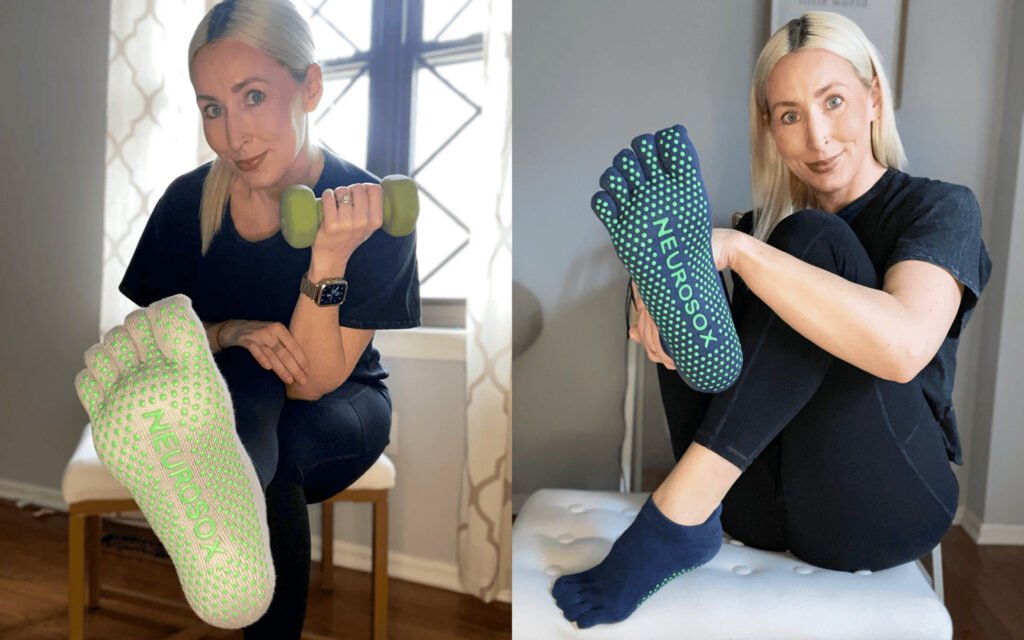

Not all toe socks are created equal. The material composition matters more than you might think.
Cheap toe socks often use synthetic materials that don’t breathe well, leading to sweaty, slippery experiences during practice—exactly what you don’t want when you’re trying to hold a challenging pose.
Quality yoga toe socks typically blend natural fibers like bamboo or cotton with just enough synthetic material for durability and stretch. Premium yoga grip socks prioritize moisture-wicking properties and keep feet dry without sacrificing the grip needed for stability on the mat.
The thickness is another crucial factor. Too thick, and you lose the ground feel that’s essential for balance work. Too thin, and they wear out quickly or provide insufficient cushioning for sensitive feet.
The sweet spot seems to be around 2-3mm of material—enough to protect and support without disconnecting you from the floor.
How to Actually Use Toe Socks in Your Practice
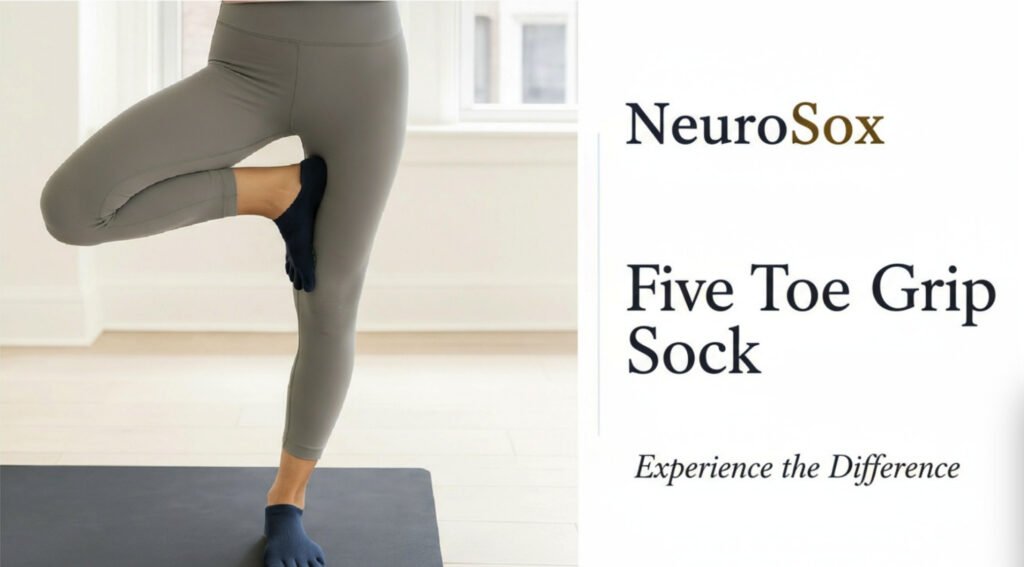

It’s not about wearing them constantly—that would defeat the purpose of also training barefoot. Instead, use them strategically.
For morning practices, especially in cooler months, toe socks help warm up the feet gradually while still allowing for individual toe movement.
During restorative or yin sessions, they provide just enough warmth and compression to enhance relaxation without overheating.
Post-workout, wear them for 30-60 minutes while doing gentle stretches or simply relaxing. The combination of toe separation and mild compression seems to accelerate the feeling of recovery in your feet and lower legs.
Frequently Asked Questions
Neither is “better”—they serve different purposes. Barefoot practice builds natural calluses and foot strength. Toe socks provide traction, hygiene, and therapeutic toe separation while maintaining ground feel.
The smart approach? Alternate. Use toe socks for hot yoga, sweaty feet situations, or when you need extra stability. Go barefoot for regular practice to maintain natural foot strength.
Do five toe socks help with plantar fasciitis?
Yes. Toe socks help by spreading your toes naturally, which improves weight distribution across your foot’s arch. This reduces concentrated stress on the plantar fascia that causes inflammation and pain.
The gentle compression in quality toe socks creates a “micro-massage” effect that promotes blood flow. Many practitioners report significant relief after 2-3 weeks of consistent use during yoga and daily activities.
Will toe socks help my bunions?
Absolutely. Toe socks with medical-grade separation (8-12mm) actively discourage toe overlapping and reduce pressure pain. They won’t reverse existing bunions, but they can prevent progression and make walking more comfortable.
The key is consistent use—wear them during yoga, around the house, and even to bed for maximum therapeutic benefit.
How long should I wear toe socks each day?
Start with 30-60 minutes during yoga practice. As your feet adapt (usually 1-2 weeks), you can extend to 2-3 hours or even all-day wear for therapeutic benefits.
Don’t go 24/7 immediately—your feet need time to adjust to the new toe separation. Gradual adaptation prevents discomfort and maximizes benefits.
Do I really need expensive toe socks, or will cheap ones work?
Here’s the honest truth: Budget toe socks lose 40% of grip after just 20 washes and compress significantly, losing therapeutic toe separation. Premium options maintain 90% grip retention after 50+ washes.
Think cost-per-wear. A pair that lasts 18 months beats a pair that dies in 3 months—and the performance difference in hot yoga is literally a safety issue.
If you’re serious about the therapeutic benefits and performance, investing in quality yoga grip socks makes a measurable difference in durability, grip retention, and foot health outcomes.
Can I wear toe socks with my regular shoes?
Yes, but shoe fit matters. Toe socks work best with wide toe box shoes (barefoot-style sneakers, minimalist footwear). They’ll feel cramped in narrow dress shoes or tight athletic shoes.
Many people wear them with casual sneakers, around the house, or during low-impact activities without issues.
How do I wash toe socks without ruining them?
Cold water, gentle cycle, inside a mesh laundry bag. Air dry only—never put them in the dryer. Heat degrades the silicone grip dots and elastic fibers.
Pro tip: Wash after every 2-3 uses unless you’re doing hot yoga (then wash after each session). This extends lifespan significantly.
Are toe socks good for people with diabetes or neuropathy?
Yes—with medical supervision. The toe separation and gentle compression can help maintain circulation and nerve sensitivity.
However, always consult your doctor first, especially if you have advanced neuropathy or circulation issues.
Look for medical-grade options with graduated compression (15-20 mmHg) specifically designed for therapeutic use.
Can I use toe socks for Pilates, barre, or other workouts?
Absolutely! The grip technology and toe separation work excellently for any activity requiring balance and foot stability—Pilates reformer work, barre, weight training, dance, martial arts, even just walking around slippery floors at home.
How long do quality toe socks actually last?
With proper care (cold wash, air dry, mesh bag), premium toe socks last 12-18 months with 3-4 uses per week. Budget options typically die in 3-6 months with the same use.
Signs it’s time to replace: grip dots wearing smooth, toe compartments losing separation, fabric thinning at pressure points, or elastic losing compression.
Do toe socks prevent blisters?
Yes—by eliminating toe-to-toe friction. Each toe has its own fabric barrier, so you don’t get the rubbing that causes blisters between toes. This is especially valuable for runners, hikers, and anyone prone to interdigital blisters.
Are there any downsides to wearing toe socks?
Honest answer: The learning curve. They feel weird for the first few wears—like your toes are in individual sleeping bags. Some people find them difficult to put on initially (pro tip: scrunch them up like regular socks, don’t try to insert toes individually).
Also, they don’t work well with narrow shoes, and cheap versions can be uncomfortably tight between toes.
Should I wear toe socks if I’m a yoga beginner?
Yes—especially if you’re transitioning from a lifetime of restrictive footwear. Jumping straight into barefoot practice can be too much too soon. Toe socks provide a gentler transition, allowing your feet to gradually adapt to increased freedom of movement.
The Controversy: Are We Coddling Our Feet?
Some purists argue that any foot covering during yoga is unnecessary at best and counterproductive at worst. They claim we should toughen our feet through direct contact with the ground, building natural calluses and strength.
There’s merit to this argument, and I don’t disagree entirely.
However, I’ve come to see toe socks not as a crutch but as a tool—one among many in the movement practitioner’s toolkit.
For those recovering from foot injuries, dealing with circulation issues, or simply preferring a bit of extra hygiene in shared studio spaces, toe socks offer a middle ground between barefoot practice and conventional socks.
Long-Term Results: What Actually Changes
The real test of any recovery or flexibility tool is its long-term impact.
After incorporating toe socks into practice for several years, many practitioners report interesting observations:
✓ Improved toe dexterity—picking up objects with toes becomes effortless
✓ More stable balance in single-leg poses, even when practicing barefoot
✓ Fewer issues with plantar fasciitis and general foot fatigue
✓ Better awareness of walking patterns and gait
✓ Reduced lower back tension
Thanks for your feedback!
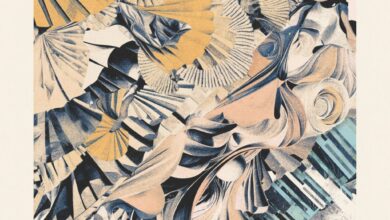
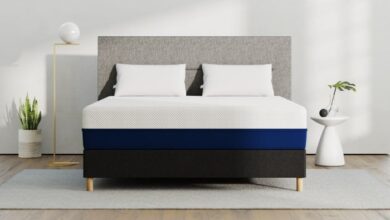

![[Blog] SoWhat [Blog] SoWhat](https://j.bcoachs.com/wp-content/uploads/2025/08/Blog-SoWhat-390x220.png)
